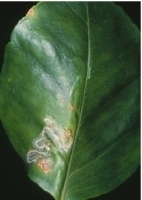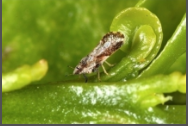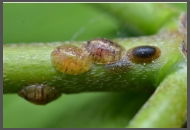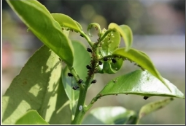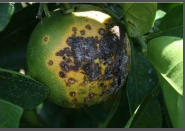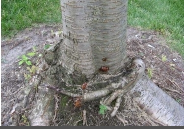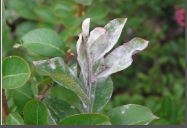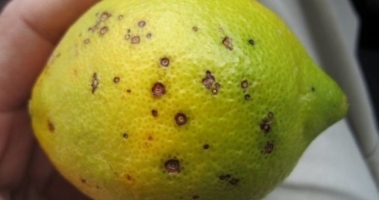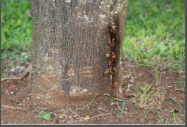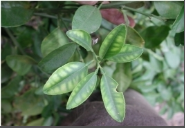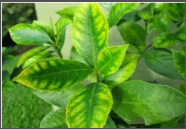General Information
Citrus is an important fruit crop. Lime is one of them. Lime is also known as acid lime. It is mainly known for its pulp and juice throughout the world. Different citrus fruits are used throughout the world as food or juice. In India, Citrus cultivation is done on an area of about 923 thousand hectare with annual production of 8608 thousand metric tons. Lime is majorly grown in Bihar, Rajasthan, Gujarat, Tamil Nadu, Maharashtra and Andhra Pradesh states and in small extent in other states.









